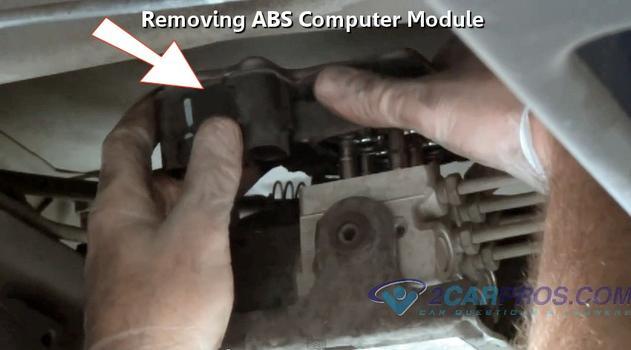I replaced everything except the bushings for the tension rods. I took these to a mechanic to do so the alignment would not be off.
When I picked up the car, the antilock light was on and the traction control light was off and would not go on.
I took it back because I figured since they moved the spindles they might have disconnected or possibly broke a sensor at one of the front wheels. They found the fuse to the brake pump computer totally fried, connection and all.
They are still working on it telling me that they are trying to clear the last code.
They are telling me that it is impossible that this was caused by them.
My question is, could pulling on the sensors or even possibly shorting them out cause the fuse to the antilock pump/computer to burn up? The car had no codes of any when I took it to the shop. I don't want to get ripped off and want to know what i'm talking about.
I've Had over 35 vehicles from a 68 Camaro to a 05 Scion Xb. I consider my self well rounded. Any info will be so appreciated. Thanks, Ed

Tuesday, March 9th, 2010 AT 10:40 PM



